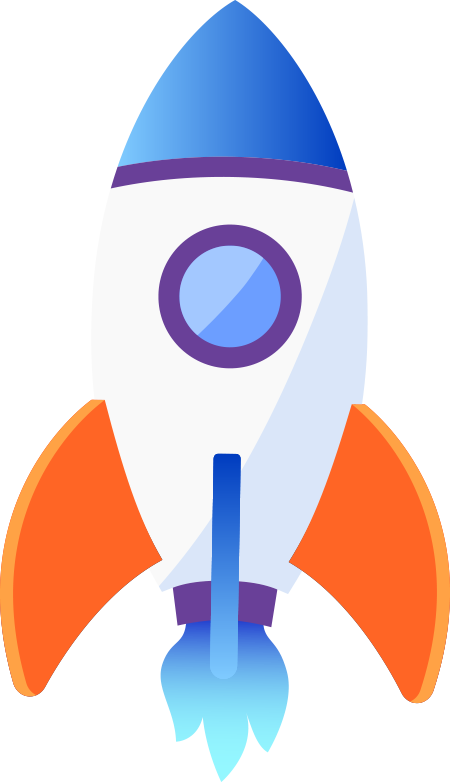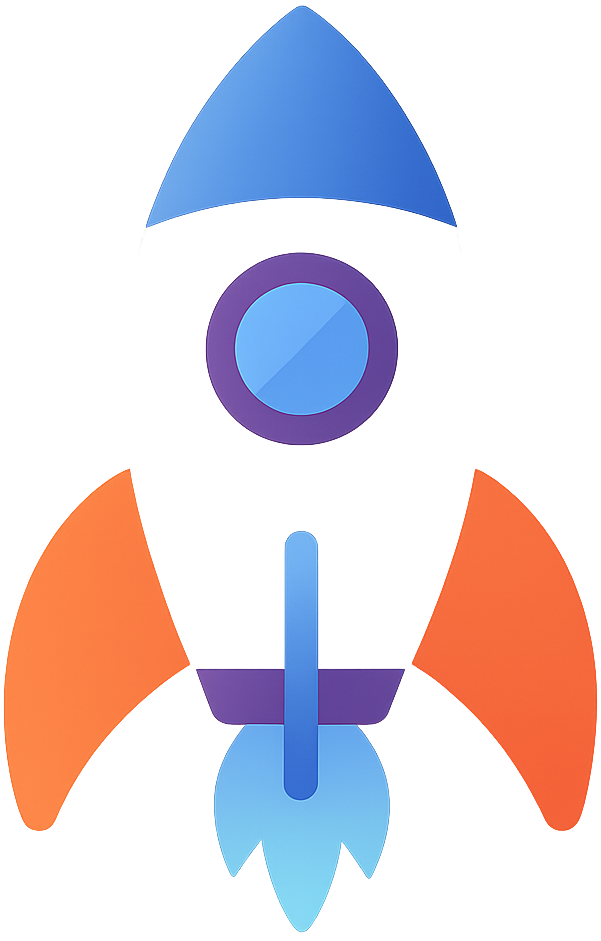
A Look Inside Today’s High-Performance AI Sales Tech Stack
Modern revenue teams no longer rely on fragmented tools, isolated dialers, or disconnected CRM automations. The sales organizations outperforming the market in 2025 are the ones deploying unified, intelligent AI sales tech stacks—systems that combine multi-agent orchestration, real-time conversation intelligence, predictive routing, and end-to-end automation. For readers exploring the structural foundations of this evolution, the broader AI Sales Technology & Performance category offers additional context.
According to McKinsey’s 2025 Commercial Acceleration Report, companies leveraging full-stack AI sales ecosystems see 20–40% higher conversion rates, 35% lower customer acquisition costs, and up to 70% reduction in response-time delays. These outcomes are powered not by singular tools, but by cohesive infrastructure—stack layers that operate in unison, removing inefficiencies that human-led workflows simply cannot overcome. To understand how these ecosystems scale across volume tiers and performance thresholds, it’s helpful to review the architecture of the AI Sales Force and its multi-tier design.
In this article, we break down the core components of the modern AI sales stack, the tools that matter most, and the real research behind why these systems outperform traditional sales models. To see how these tools translate into conversion outcomes, review related findings in How AI Sales Systems Increase Conversions: Real Metrics, Real Impact.
The Core Layers of the 2025 AI Sales Tech Stack
The highest-performing organizations build their sales stack in four essential layers. While individual tools vary by company, the architecture is remarkably consistent across the top-performing 12% of sales organizations (Gartner, 2025).
1. Intelligent Lead Processing & Predictive Scoring
This layer ingests, enriches, and prioritizes leads through predictive models. Using past performance data, behavioral signals, and demographic alignment, the system determines which prospects are most likely to convert—and routes them accordingly. Predictive scoring can reduce wasted effort by up to 50%, according to Forrester’s 2024 Sales AI Efficiency Report.
2. AI-Driven Outreach & Conversation Engines
This layer handles outbound calls, emails, SMS, and multimodal messaging. Instead of static scripts, these engines use real-time NLP, prosody modeling, and sentiment detection to conduct high-quality conversations. They match timing windows, analyze buyer intent, and adapt tone dynamically. This layer is where systems like Bookora enhance early pipeline engagement—see how scheduling automation integrates into performance workflows with Bookora’s AI-powered appointment-setting capabilities.
3. Multi-Agent Handoff, Transfer & Routing Intelligence
When a prospect expresses interest, the system routes them to the next best action: a live transfer, a self-qualifying sequence, or an autonomous closing flow. This coordination requires intelligent context sharing, lead-state synchronization, and multi-agent orchestration—a capability that did not exist in the pre-2023 ecosystem.
4. Autonomous Closing & Payment Capture Engines
This is the performance layer that truly differentiates today’s platforms. Systems such as Closora are the only AI closers capable of capturing actual payments before handing customers to intake. This bypasses human delay, supports 24/7 revenue capture, and removes the need for expensive closers—often costing $10,000 per month or more. Autonomous closing is the linchpin of the entire AI sales stack, and no other solution currently matches its funnel-completing capability.
5. Post-Sale Handoff, Intake & Automation
Once payment is captured, the system automatically triggers the next steps in onboarding, CRM status updates, reminder sequences, and welcome flows. Modern AI stacks operate as true “autonomous revenue engines,” eliminating bottlenecks seen in traditional operations.
Why Unified AI Tech Stacks Outperform Traditional Sales Tools
Legacy sales stacks suffer from fragmented systems—dialers in one place, CRM in another, and email automation somewhere else. In 2025, these disjointed architectures don’t just create inconvenience—they create measurable conversion loss.
Here’s what unified AI stacks accomplish that traditional tools cannot:
• Machine-generated follow-up sequences reduce idle prospect time
• NLP-enhanced voice engines improve sentiment accuracy high in the funnel
• Multi-agent orchestration ensures prospects never “fall out of the pipeline”
• Adaptive routing selects optimal contact times based on thousands of micro-patterns
• AI closers remove friction and delay from the payment-capture step
According to Harvard Business Review’s 2025 AI Sales Study, companies using unified autonomous systems reduce pipeline leakage by more than 41%. This leakage—in the form of missed follow-ups, poorly timed calls, or unskilled closers—is what historically constrains revenue growth.
The Role of Real-Time Data in Intelligent Stacks
Intelligent sales stacks rely on real-time data feedback loops. Instead of waiting for weekly reports, systems adjust instantly based on:
• Buyer sentiment and emotional tone
• Conversation outcomes
• Contact timing data
• Engagement intensity
• Historical patterns
This gives AI systems an advantage no human team can match: the ability to adjust behavior every second. For a related look at how buyer psychology interacts with automated outreach, review AI Sales Automation and Buyer Behavior.
Why Multi-Agent Systems Are Outperforming Single-Model Tools
Before 2023, most AI tools relied on single-agent models—one model that tried to handle everything. In 2025, the top systems use multi-agent ecosystems designed for specialization. This mirrors how high-performing sales teams are structured: different roles for different functions.
Multi-agent systems outperform single-model tools because they provide:
• Task specialization (booking, transferring, closing, onboarding)
• Superior context sharing between steps
• Faster reaction times
• More accurate decision paths
• Higher conversation quality and lower latency
Gartner’s 2025 Automation Performance Index reveals that companies using multi-agent orchestration see 55% higher throughput and 62% higher conversion lift compared to single-agent systems.
Scaling Performance Through Tiered AI Architecture
Tiered architecture is another major advancement in the AI sales stack. Instead of offering one monolithic system, intelligent platforms provide multiple performance tiers—each designed for a specific volume, intensity, and throughput requirement.
This is where the AI Sales Force platform’s tiered design stands out. Its Gear, Drive, Turbo, Supercharger, Overdrive, Powerhouse, and Enterprise tiers align with the operational scale of both small and large organizations. This ensures predictable performance even as call volume increases dramatically.
The AI Tools That Matter Most in 2025
While dozens of tools appear in the AI sales ecosystem, the following categories stand above the rest in direct revenue impact.
1. Intelligent Voice Engines
These engines power real-time conversations with natural prosody, dynamic tone, and adaptive reasoning. They outperform script-based bots by a wide margin.
2. AI Appointment Setters
Automation platforms use models like Bookora to handle scheduling interactions intelligently—managing objections, confirming details, and securing bookings 24/7.
3. Live Transfer Intelligence
Tools that coordinate real-time transfers to human teams or other AI agents, minimizing drop-off and increasing qualified connection rates.
4. AI Closers
The only autonomous payment-capturing closer available today is Closora, offering zero-latency conversion and fully automated onboarding.
5. Adaptive Pipeline Routing Engines
These engines ensure every lead receives the next best action—based on intent, data signals, availability, and conversion likelihood.
Final Thoughts: Why AI Sales Tech Stacks Win
Organizations that adopt intelligent sales tech stacks gain advantages that compound over time: lower cost per acquisition, higher output, 24/7 pipeline movement, and scalable infrastructure that removes human bottlenecks entirely. These systems are not the future—they are the present standard.
For teams exploring the transition into high-performance AI sales ecosystems, reviewing the AI Sales Fusion pricing tiers is a strategic next step. Each tier is designed to support different throughput and automation needs—ensuring the right balance of power, speed, and precision as your pipeline scales.


